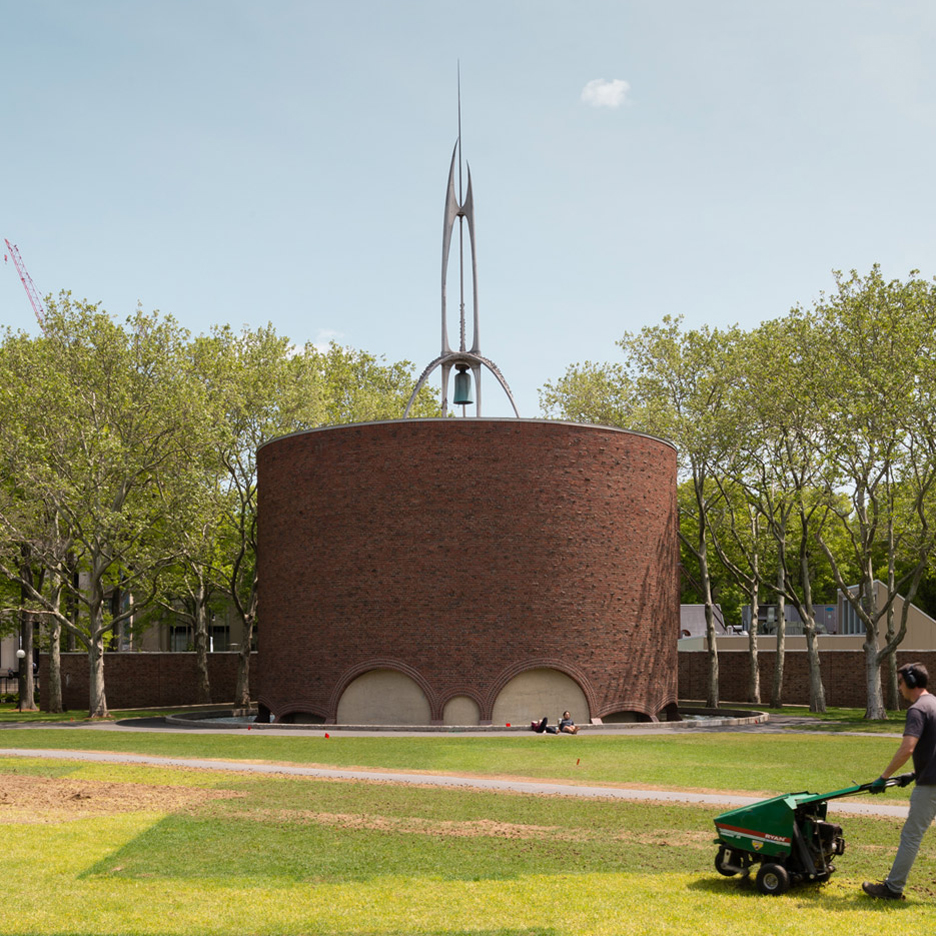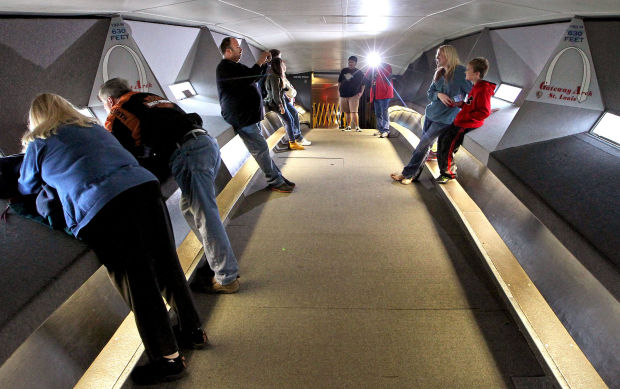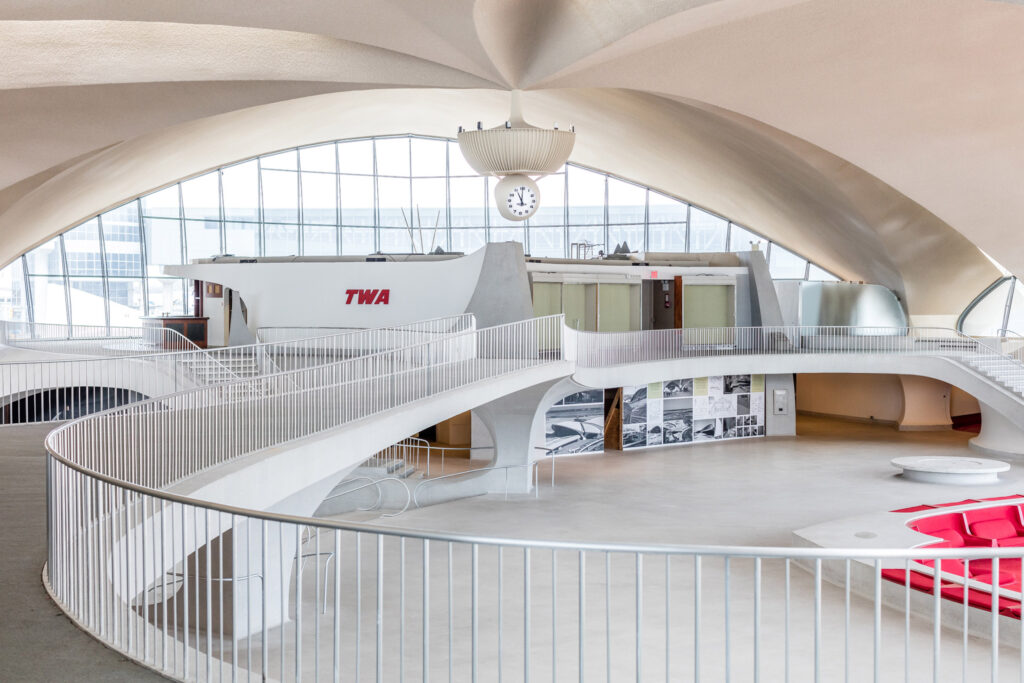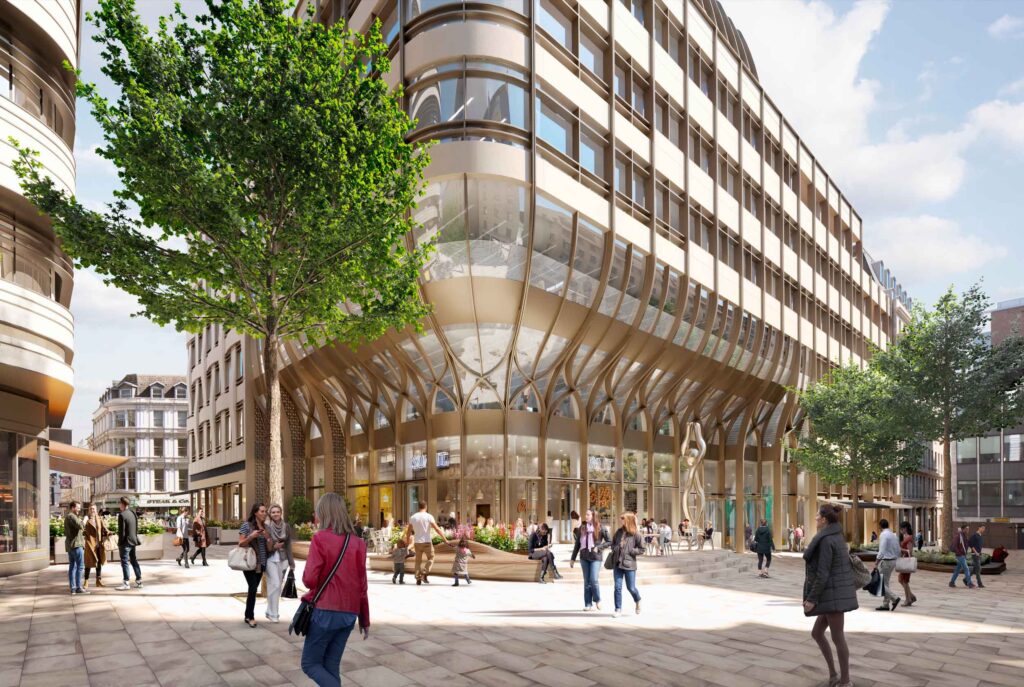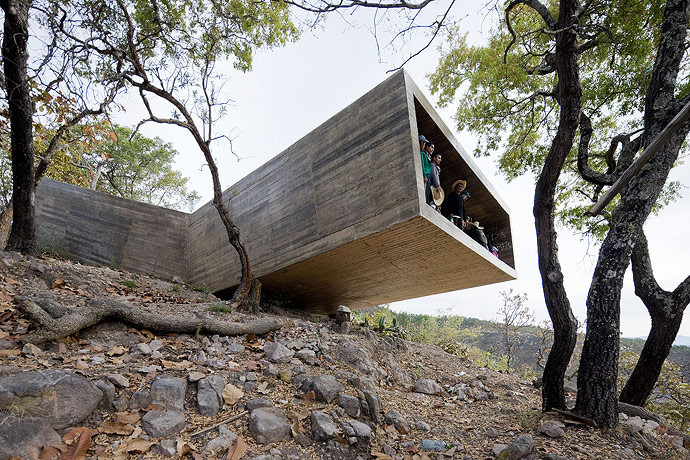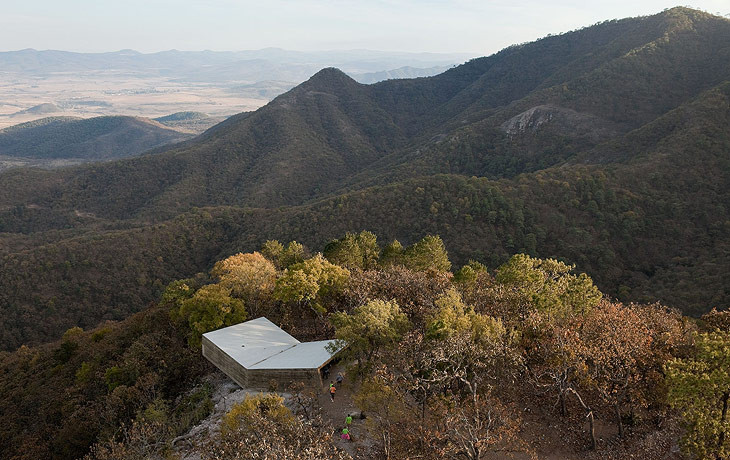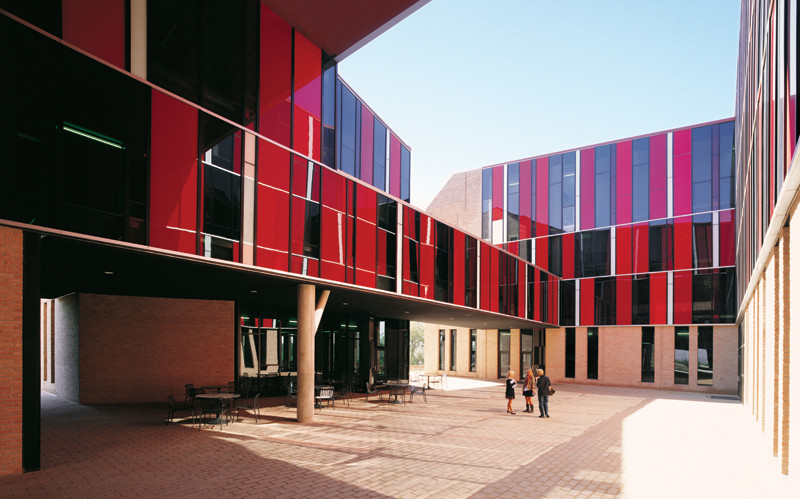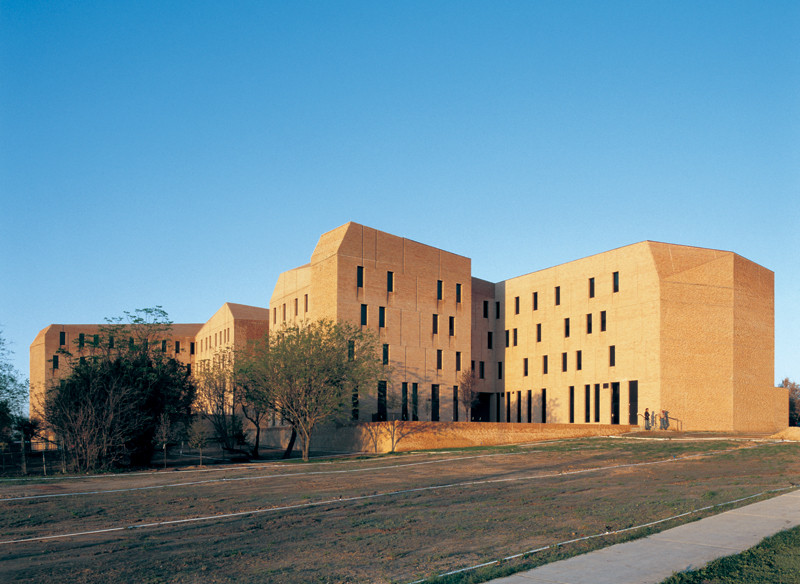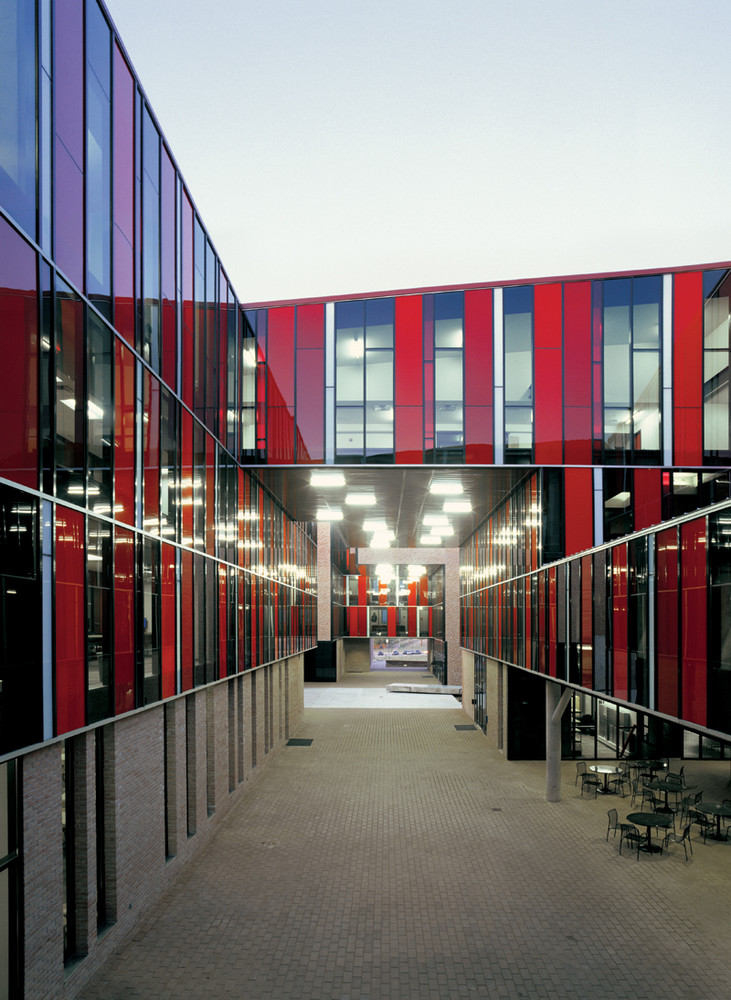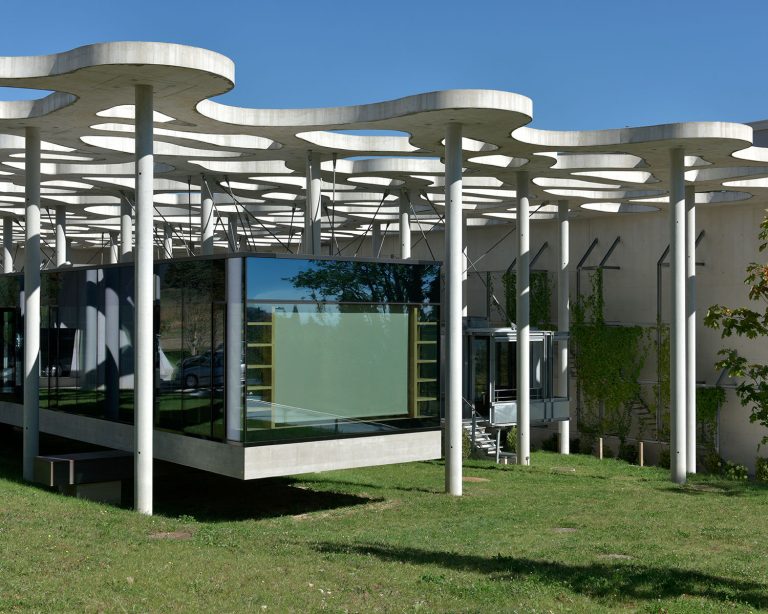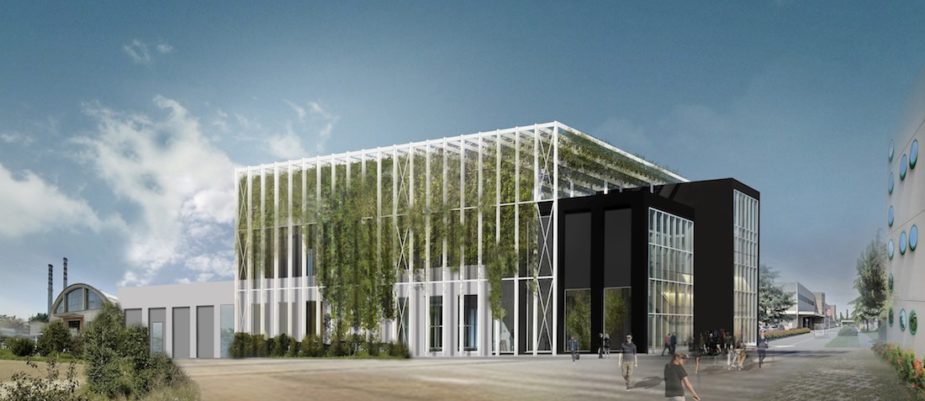
This new headquarters in Brescia will be a poli functional building. The architect Massimo Roj claims that this building will be an example of sustainability and integration between the environment and architecture. The new building is designed for new ways of working and to increase involvement, efficiency, comfort says Giovanni Valotti, president of Progetto CMR. Buildings like this one are without a doubt the way future buildings will look as we move to a safer and healthier life for all.


